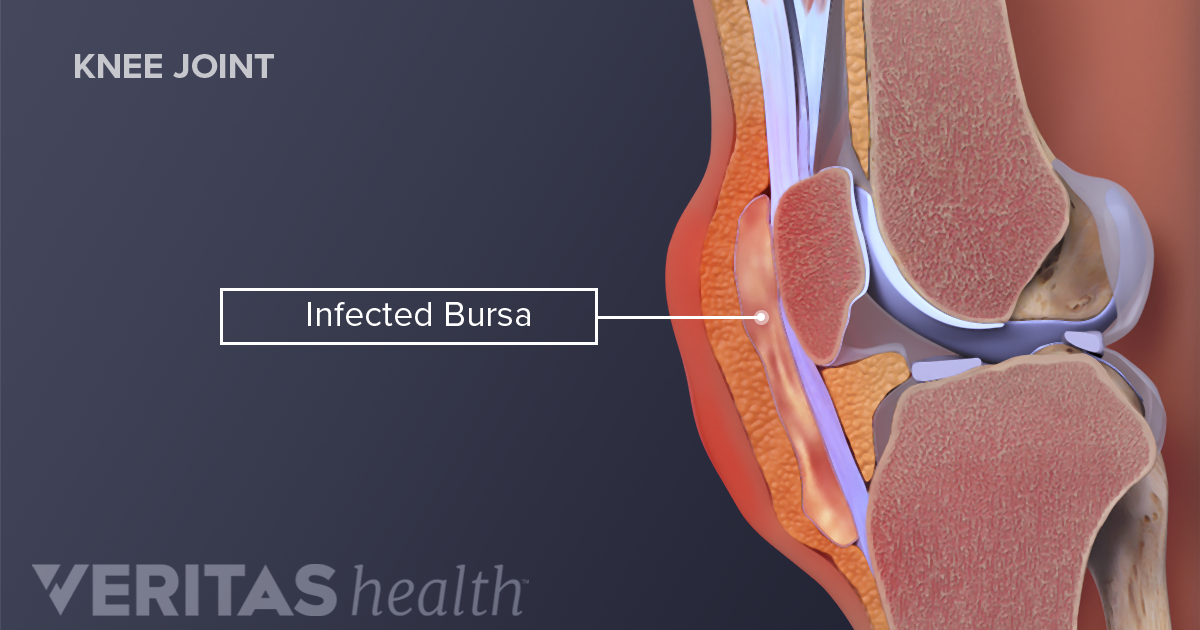
But your foot might also be the reason why they hurt. Most people think that their knee hurting is the result of knee injuries or the diseases stated above. An x-ray and MRI may be needed to check for any damage to the bones or tendons and muscles. They will conduct a physical exam to check your knees and kneecaps.

If you feel that you have PPFS, make your way to the doctor to get diagnosed. At times, using the wrong technique in playing sports or training can also lead to this condition. Other factors that can increase the risk of PPFS include wearing the wrong footwear on your feet or using sports equipment in the wrong manner. These activities include jumping, running, squatting or even walking up and down the stairs. People who constantly engage in activities that can add stress to their knees are prone to this. The most common reason why this happens is due to overuse of your knee and knee joint. PFPS is the term used when knee pain is felt in the area of the patellofemoral knee joint, or the bone and tissues found around your kneecap. Despite having that name, the condition is not limited to only runners. Patellofemoral Syndrome (PFPS) is sometimes also called Runner’s Knee. Medical exams like MRI are needed to rule out other possible causes to outer knee pain, including tendon inflammation and torn cartilage.

There are many reasons why iliotibial band syndrome will occur, including mechanical imbalance that affects various parts of the body including the back and hip.Īthletes who do not train properly and whose muscles are not flexible may also suffer from this condition. Iliotibial SyndromeĪnother common injury that happens due to overuse. For more extreme cases, surgery is needed. Treatment for a meniscus tear includes elevating the legs and knee to bring down the swelling and the use of crutches to reduce the pressure on the joint.
TIGHTNESS AND FLUID IN KNEE FULL
Aside from pain, it is also not possible to get a full range of motion. Symptoms of a meniscus tear include your knees locking or not being able to support the whole body.
TIGHTNESS AND FLUID IN KNEE FREE
The reason for this increase in injury is that more children have begun taking up sports in their free time. While many older people have a higher chance of injuries, the number of children who get this injury has also increased in the last few years. It is often seen in those who engage in contact sports such as football or basketball. It can be quite painful once the area gets inflamed. Meniscal tearĪ tear in your meniscus is one of the most common knee injuries that one can get. For many, it takes a few days until the pain goes away and they are back to full health, able to walk again. These bursae are sacs filled with fluid that help to ease the friction between your skin, tendons and joints.īursitis can be very painful, often manifesting with stiff, swollen joints. What happens is that the bursae in your body become inflamed. Occasionally, it will affect the knee and even your big toe. Bursitisīursitis is a condition that is more commonly found in the shoulders and elbow. Those who regularly play sports like running and soccer are also more likely to develop osteoarthritis.Īside from your knees hurting, it is also common to have foot pain when you have knee osteoarthritis, as this research has found out. Older people, women, and those who are overweight are at a higher risk. What happens is that as you age, the joint’s cartilage wears away, causing the bones to rub together making the knee joint stiff or swollen. The most common one is osteoarthritis, which is also known as “wear and tear” arthritis.Īccording to WebMD, 95% of patient knee pain comes from arthritis.

This includes rheumatoid arthritis, septic arthritis and gout. There are actually many types of arthritis that can cause knee pain. What are the common causes of knee pain?Īside from the conditions listed below, other causes of knee pain include injuries such as a dislocated kneecap, metabolic problems, and infection. Some more symptoms of knee pain include swelling of the whole knee, which can sometimes be accompanied by a fever, constant shifting of their weight from foot to foot, limping, and not being able to bend your knee. There are also those who have severe pain that can stop them from functioning, limiting their range of motion and threatening their overall health. Others will feel shooting pain whenever they are walking or doing a physical activity while others will just have mild discomfort. Knee pain manifests itself in various ways depending on the person. 7 Can’t Stand Your Knee Pain? Contact Adelaide Foot and Ankle Symptoms


 0 kommentar(er)
0 kommentar(er)
